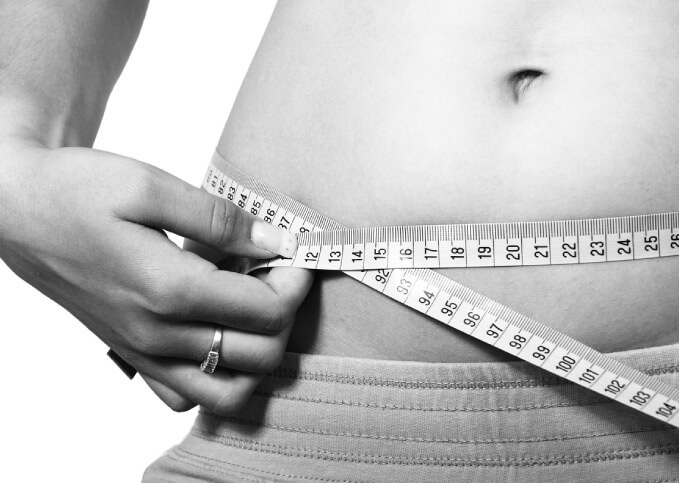Is Weight Loss Really 80% Diet And 20% Exercise?

To solve that mystery and to answer the question Is Weight Loss Really 80% Diet and 20% Exercise?, we asked experts for their takes on the idea and what it means for your weight loss plan.
Is Weight Loss Really 80% Diet And 20% Exercise?
Your calorie-counted weight loss meals are so important. The key to weight loss and shedding belly fat is achieving a negative energy balance, or taking in less calories than you burn, says Albert Matheny, RD, CSCS, cofounder of SoHo Strength Lab and PROMIX Nutrition. To shed a single pound, you need to achieve a 3,500 calorie deficit. So if you’re following the 80/20 ratio, you’d want to burn approximately 750 calories through exercise and cut an additional 3,000 calories through dieting, says Matheny. That’s a total deficit of 3,750 calories for the week.
Here’s what that might look like:
Day of week | Exercise Calories Burned | Diet Calories Cut |
Monday | 250 Cal | 600 Cal |
Tuesday | 350 Cal | 500 Cal |
Wednesday | 450 Cal | 400 Cal |
Thursday | 250 Cal | 600 Cal |
Friday | 200 Cal | 300 Cal |
Total | 1500 Cal | 2400 Cal |
The reason dieting is so much more effective than exercise is because it takes a ton of activity to create a 500 to 700 calorie deficit through working out. Essentially, you’d need to run 7 to 10 miles a day to lose 1 pound a week, says Holly Lofton, MD, an assistant professor of medicine and director of the weight management program at New York University’s Langone Medical Center. The average person can’t keep this up, especially without increasing their caloric intake.
“I see this in patients all the time,” says Lofton. “People think, ‘If I run the marathon or start going to boot camp, I’m going to lose weight’ but they’re often disappointed when they don’t.”
You don’t need to hit an exact 80/20 ratio to shed belly fat pounds, but it is important for people to focus primarily on a diet when they’re trying to lose weight. “You can lose weight without exercise, but you cannot lose weight if your nutrition counteracts your energy expenditure through exercise,” Matheny says.
Sure, it’s much easier to create a 500-calorie deficit through diet alone than it is to burn 500 calories through exercise, says Lofton. But when you combine a sweat shed and a healthy diet, you don’t have to make many dramatic changes at all. For example, instead of eliminating 500 calories by painstakingly striking all dairy from your diet, you could burn 250 calories at the gym and then cut another 250 calories just by skipping your nightly bowl of ice cream.
“A combination of diet and exercise is best at any stage of weight loss,” says Mathenny. “Exercise should be a mix of strength training and cardiovascular training, not just cardio. Both modes of exercise burn calories and, in turn, lead to stored fat being used as a source of energy.”
Keep in mind that the body tends to resist weight loss when you start eating less, which can lead to a plateau, says Lofton. That’s what we call starvation mode—and it happens to everybody who successfully sheds pounds. Though your metabolism might actually start to slow as you lose weight, you can speed it up again by working out—and especially by strength training.
The bottom line: What you eat matters more than how you work it off, but fitness will push you past plateaus and help you achieve your ultimate goals.
References
This article was originally published by our partners at WomensHealthMag.com.